Kristina Foley was introduced to felting wool while completing a BFA in Fiber Structure and Interlocking at Syracuse University (2005) and continued her practice after graduation in Italy. While residing in Tuscany she developed a studio practice tailored to felt making and botanical color that reflected the local materials available: European wool varieties, dye plants and vintage textiles. Opting for a slow lifestyle, Kristina lived in a fourteenth-century stone farmhouse and followed the seasonal rhythms of agriculture, food and community. The artisan culture of Florence, along with her professional work for knitwear designer Boboutic, have deeply influenced her craft. In 2018, Kristina returned to the USA and created Food Shelter Clothing: capsule collections intertwining beauty, utility and sustainability. Kristina’s felted pieces highlight the incredible wool available from small farms in the PNW and multi-generation fiber mills across the country.


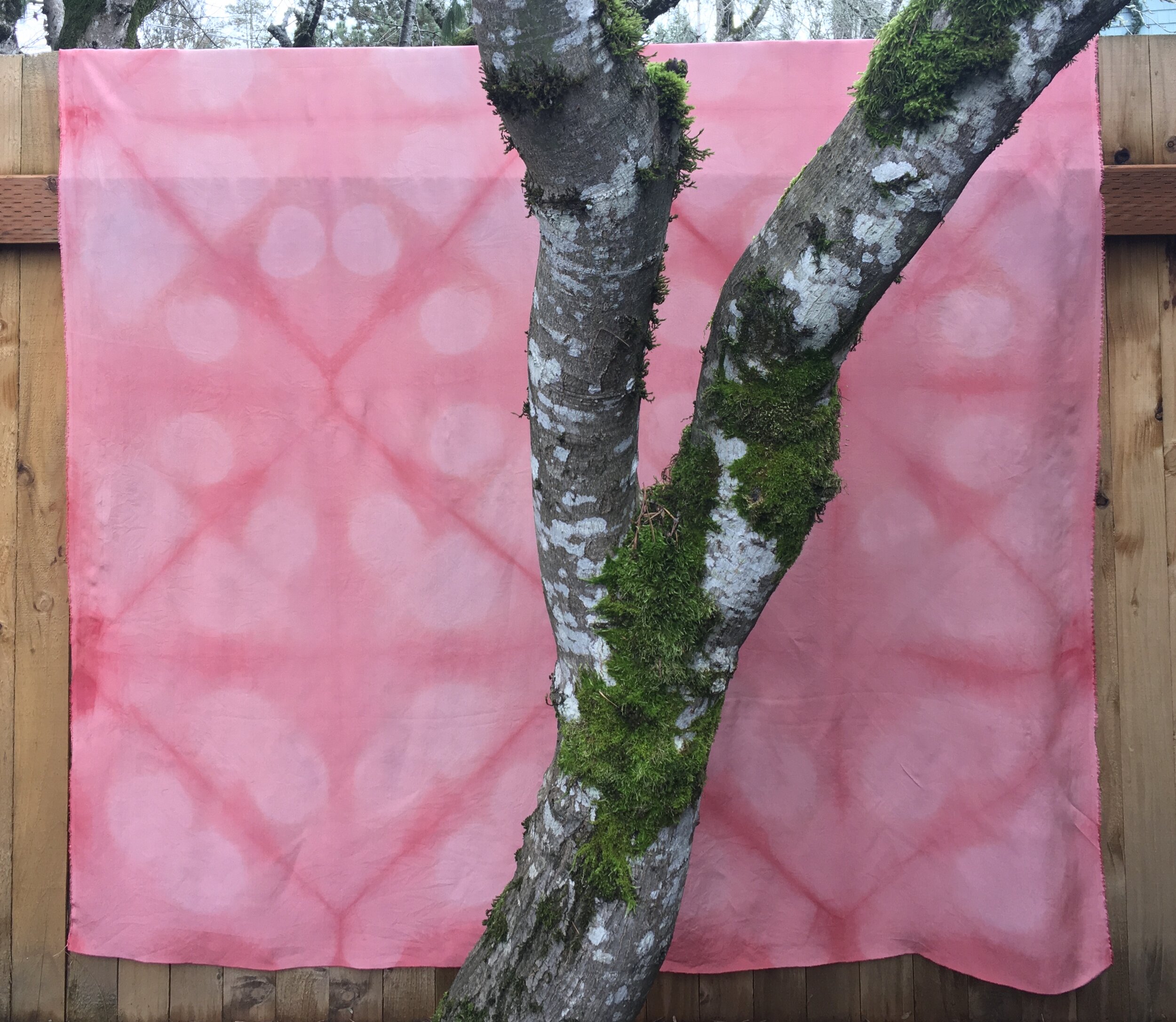
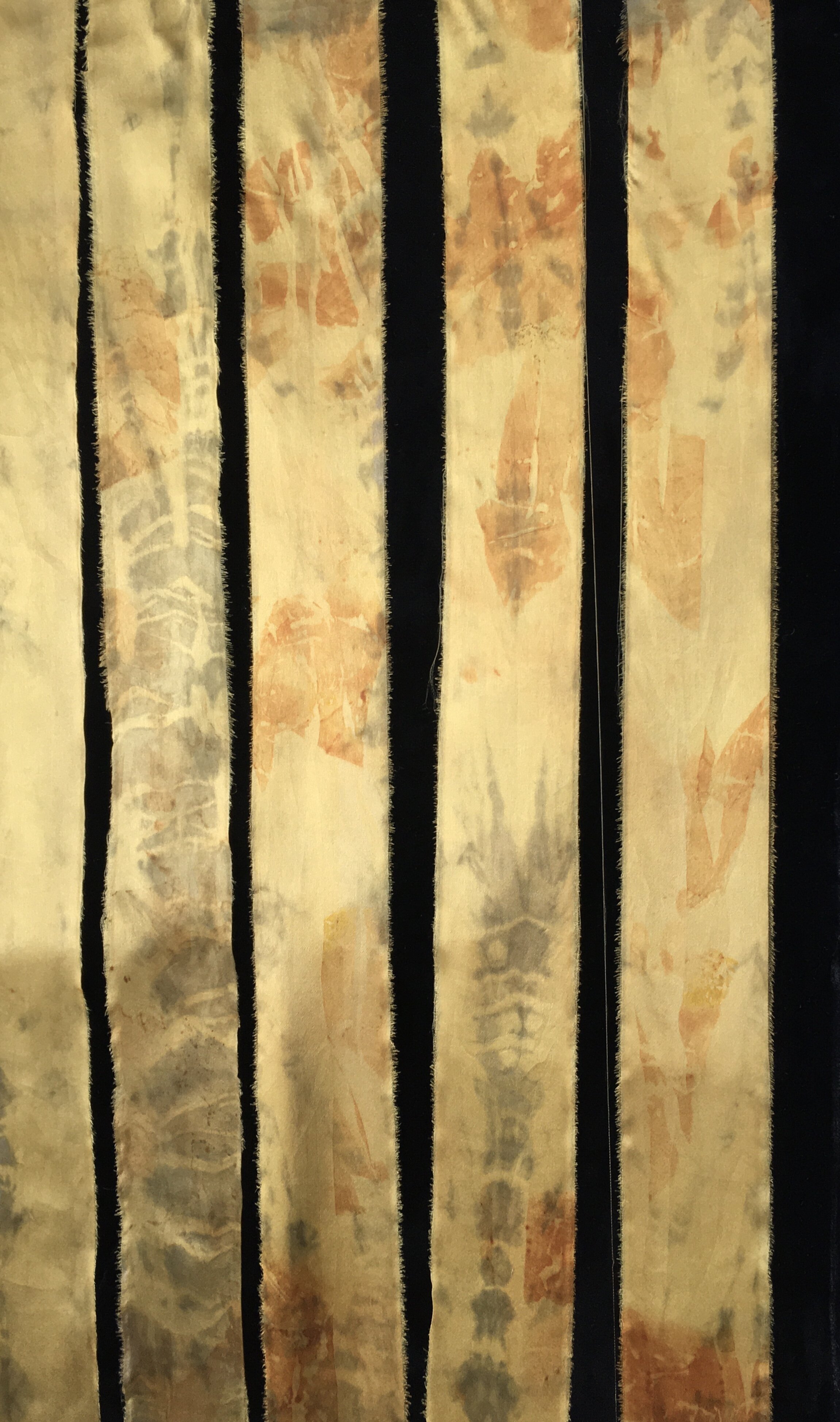
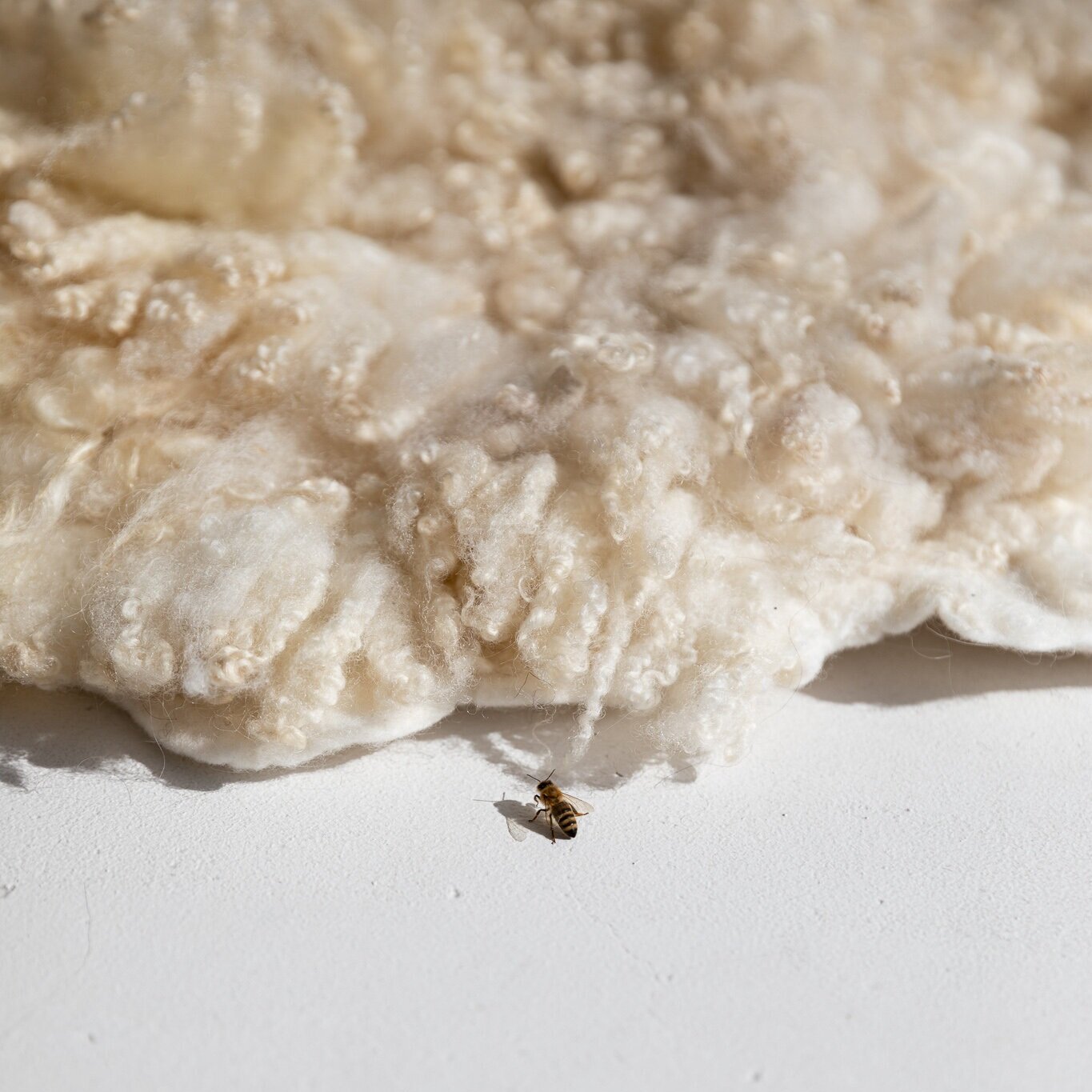
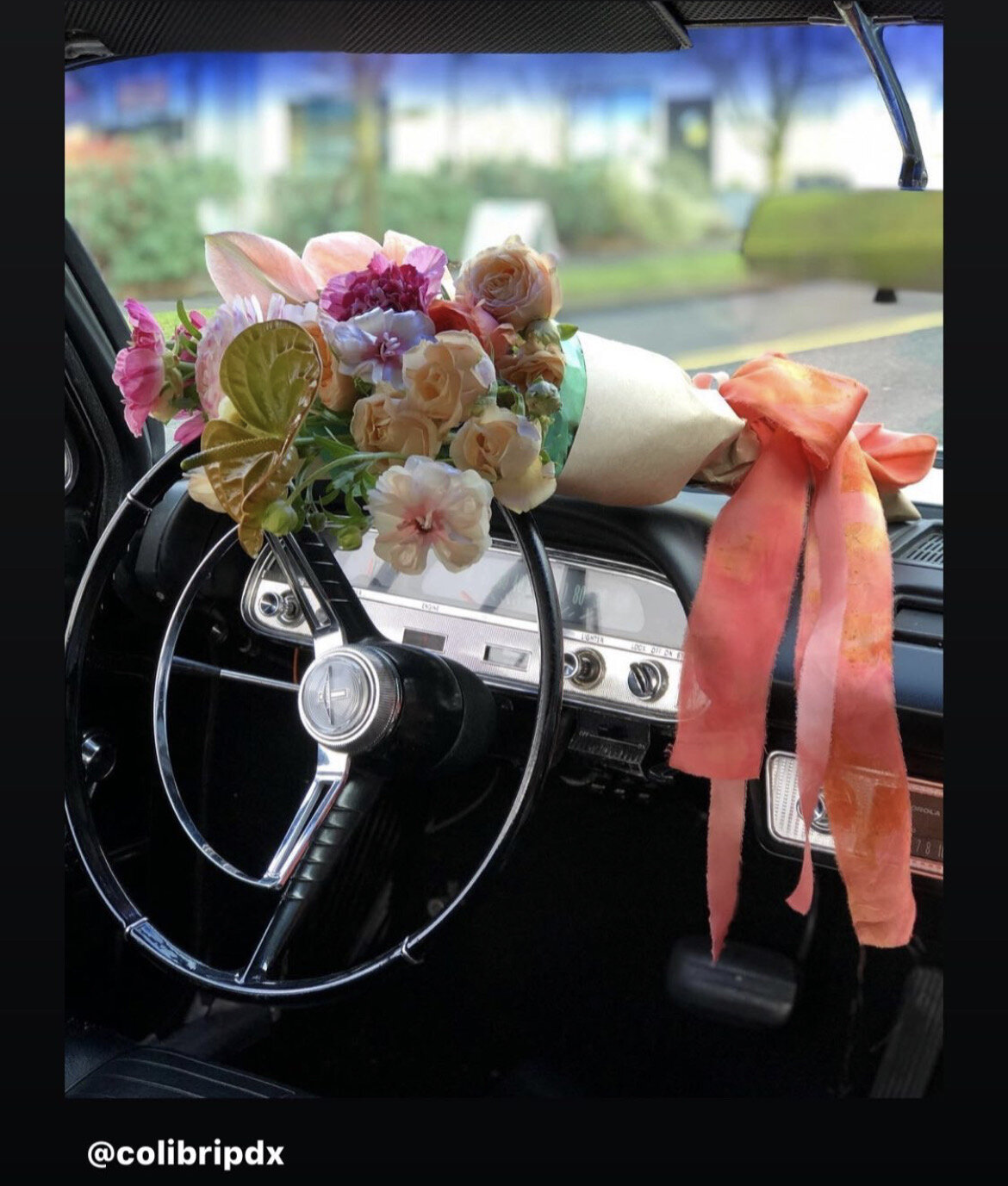

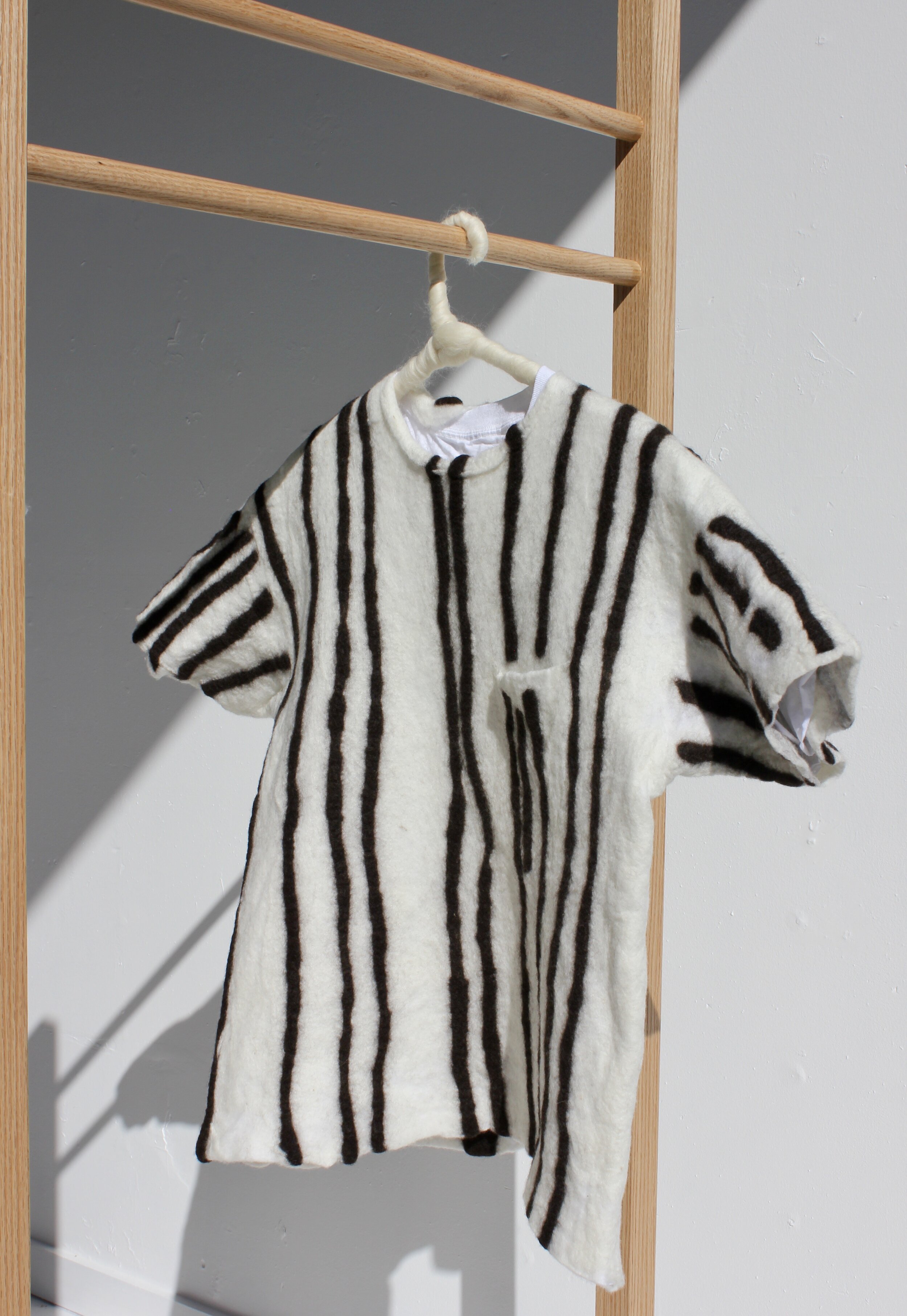

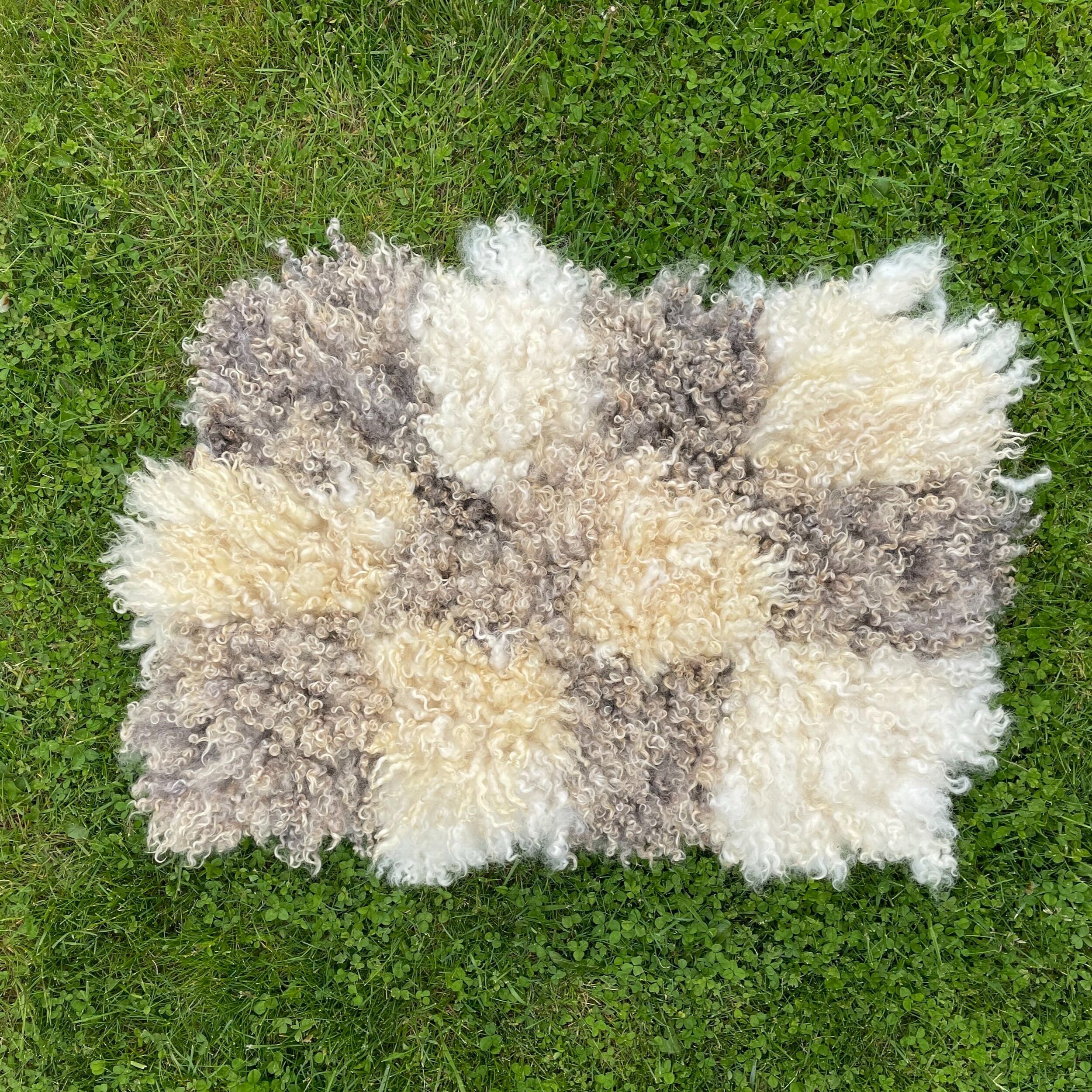

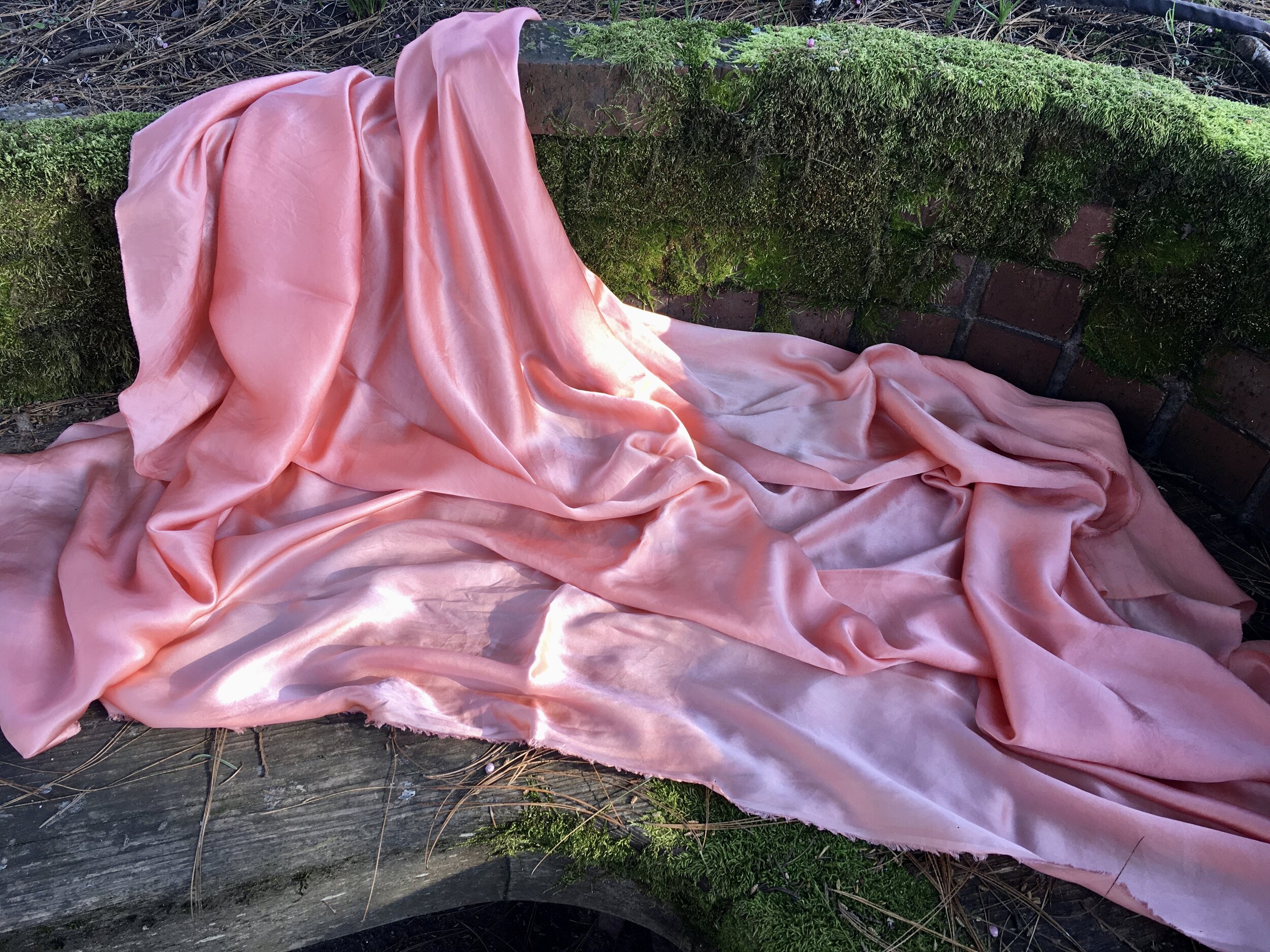
About your felted sheepskin: these one of a kind sheepskins are made by hand felting with shorn wool sourced from small farms in the USA. Sheep and lambs love to frolic in the fields and straw, so despite how painstakingly it’s cleaned you are likely to find a few tidbits. While felting creates a very strong product it’s normal for some shedding to occur. The nature of each sheepskin is unique and you will find suggestions for how to use it in the product description. Some sheepskins will endure through the ages while others prefer a more delicate lifestyle.
Care: take your sheepskin outside and give it a good shake…This will fluff up the wool and help knock out any debris. When your sheepskin is ready for a wash fill a spacious tub with tepid water (the warmer the water the more it will tighten the felt, as will the amount of agitation you use). While soap isn’t necessary (possibly just want a splash of white vinegar), a delicate soap like Eucalan wool wash will soften and reinvigorate a sheepskin. Soak, swish and stir a bit. Rinse in cold water, roll the sheepskin up on itself and press the water out. If the sheepskin is particularly heavy and hardy, keep it rolled up and slip it in the washer on a delicate spin (this works as an extraction tool for the remaining water). Shake it out gently, reshape and lay flat to dry.
